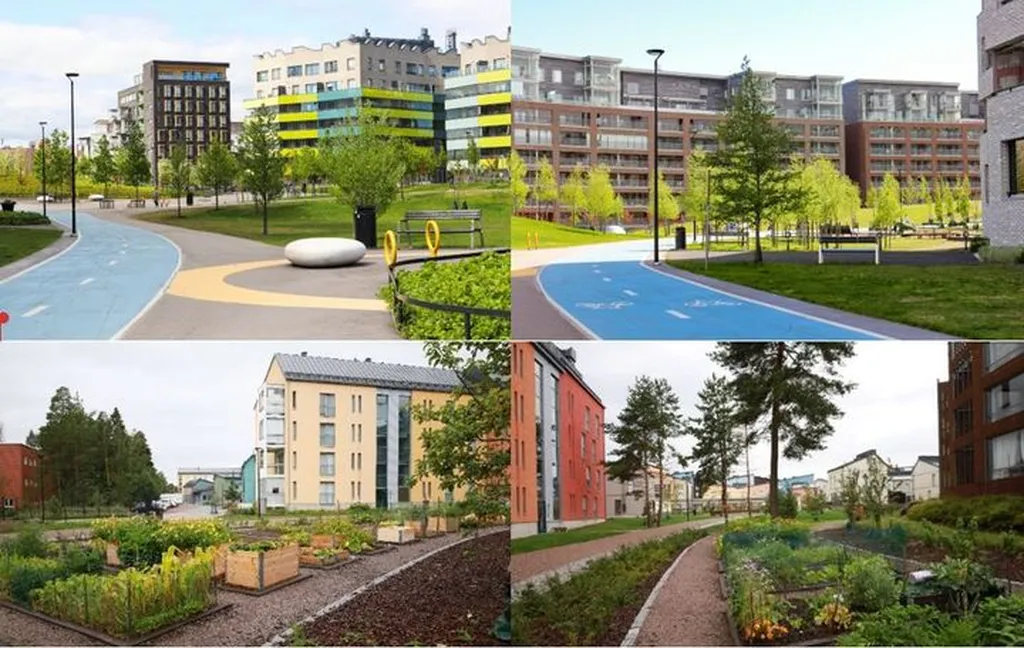In the quest to achieve carbon neutrality, cities are increasingly turning to urban green infrastructure (UGI) as a cost-effective and multifunctional solution. A recent study published in *Buildings & Cities* (or *Kaupungit ja rakennukset* in Finnish) by Ranja Hautamäki from Aalto University’s Department of Architecture sheds light on how urban planners and energy sector professionals can leverage UGI to enhance carbon storage and sequestration (CSS) while reaping additional environmental and social benefits.
The research highlights that urban vegetation and soils offer a viable and economical method for carbon sequestration. “Urban green infrastructure is not just about planting trees; it’s about creating a sustainable ecosystem that benefits the environment, the community, and the economy,” Hautamäki explains. By integrating UGI into urban planning, cities can significantly reduce their carbon footprint while also mitigating urban flooding, alleviating heatwaves, and enhancing biodiversity and wellbeing.
One of the key findings of the study is the importance of preserving existing carbon stocks in UGI. This means protecting and maintaining existing green spaces, which often store substantial amounts of carbon. “Preserving existing carbon stocks is crucial because it’s often more cost-effective and environmentally beneficial than creating new ones,” Hautamäki notes.
In addition to preserving existing UGI, the study emphasizes the need to create new multifunctional carbon sinks. This involves designing green spaces that serve multiple purposes, such as parks that also function as water retention areas or green roofs that improve energy efficiency. “Multifunctional UGI is the future of urban planning. It allows us to maximize the benefits of green spaces while minimizing the use of resources,” Hautamäki says.
The study also underscores the importance of adopting low-carbon practices in the construction and management of UGI. This includes using sustainable materials, minimizing emissions from construction activities, and implementing efficient maintenance practices. “Low-carbon practices are not just good for the environment; they also make economic sense. They can reduce costs in the long run and enhance the value of properties,” Hautamäki adds.
The research published in *Buildings & Cities* has significant implications for the energy sector. As cities strive to achieve carbon neutrality, the demand for sustainable and efficient energy solutions will continue to grow. UGI can play a crucial role in this transition by providing a cost-effective and multifunctional solution for carbon sequestration and storage.
Moreover, the study highlights the need for collaboration between urban planners, energy sector professionals, and other stakeholders. By working together, they can create innovative and sustainable solutions that benefit the environment, the community, and the economy.
In conclusion, the research by Ranja Hautamäki offers valuable insights into how urban green infrastructure can contribute to carbon neutrality. By preserving existing carbon stocks, creating new multifunctional carbon sinks, and adopting low-carbon practices, cities can harness the full potential of UGI. This not only helps in mitigating climate change but also enhances the quality of life in urban areas. As the energy sector continues to evolve, the integration of UGI into urban planning will play an increasingly important role in achieving sustainable and resilient cities.

